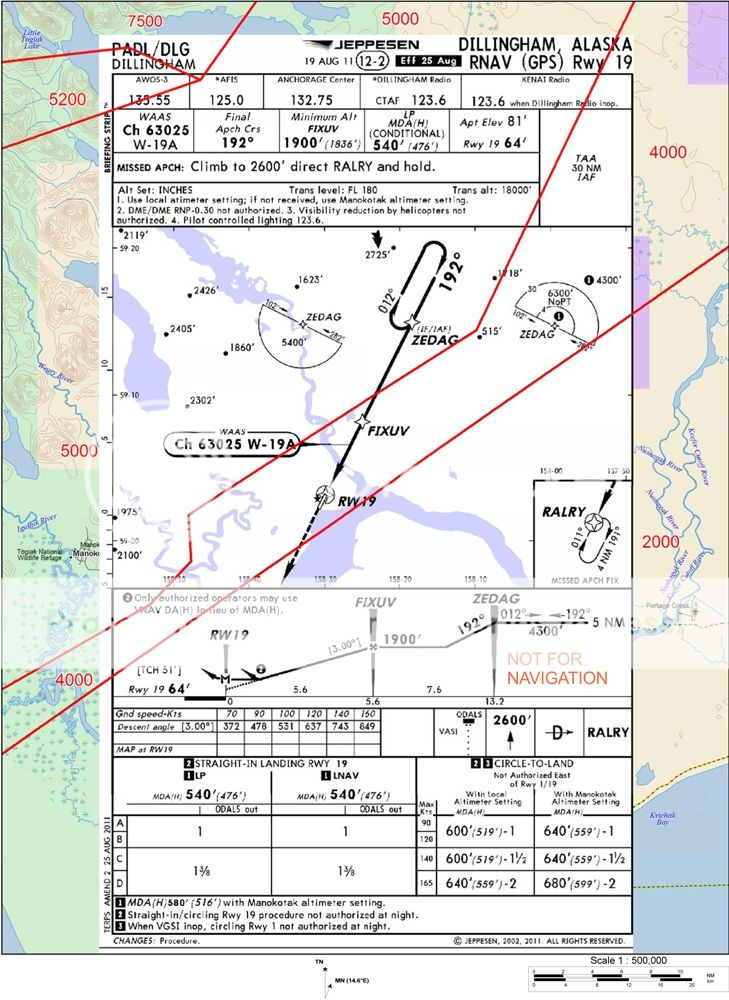flyingcheesehead
Touchdown! Greaser!
The Flightaware tracking data opens some more questions. How factual is the data portrayed? There are timing issues between their clock times and as times reported by NTSB. It also indicates that the flight was still at 6000 at the time the trace ceased.
Look at the Track Log, and ignore anything that says "FlightAware Estimated" in the Facility column. This is a TERRIBLE feature, IMO - I had some family members get concerned that I'd crashed at one point when in reality, I had just cancelled IFR. (FA showed me flying off in a different direction.) It also makes analyzing accidents quite difficult.



